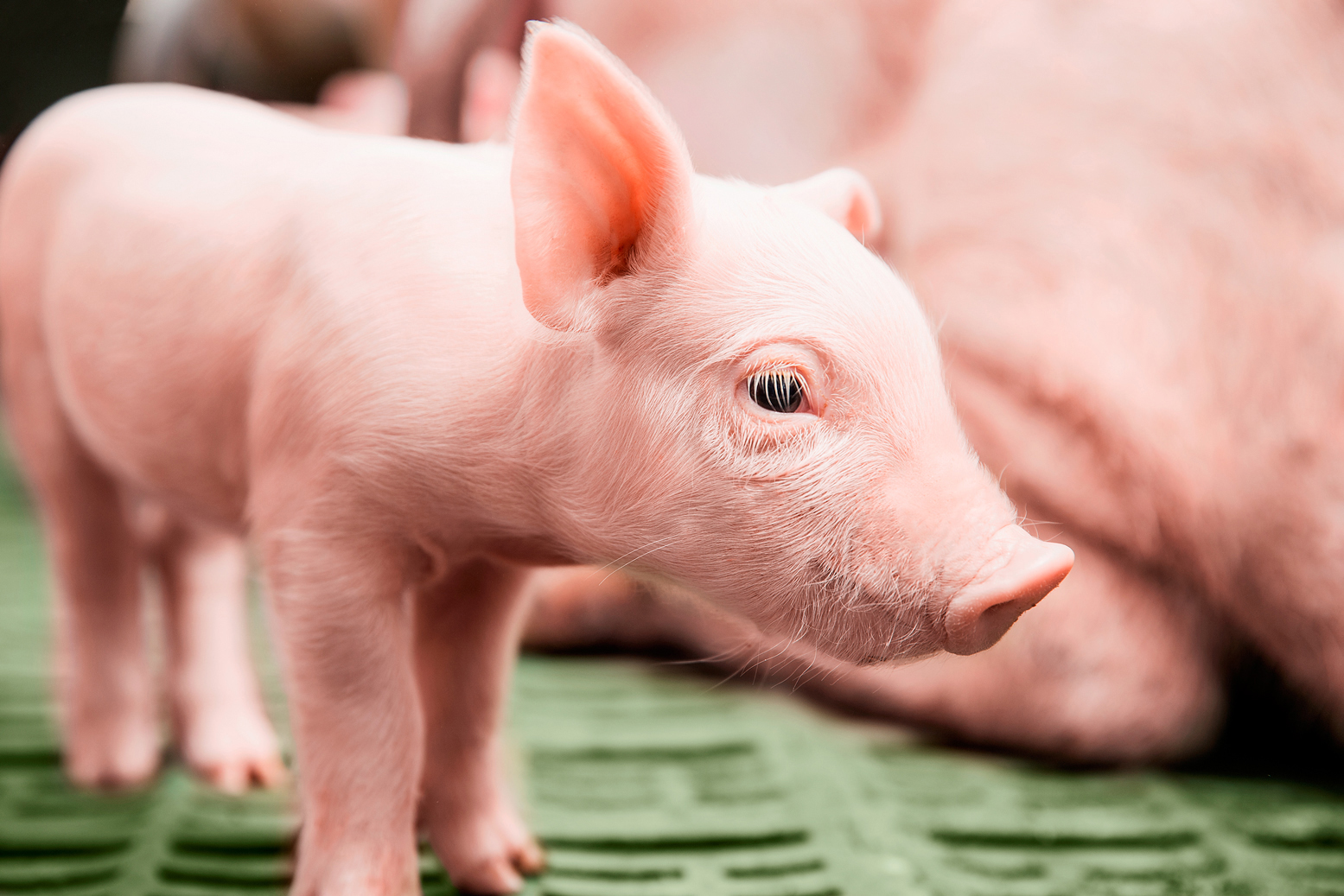



Iron plus toltrazuril combo injection for piglets receives positive feedback from European Medicines Agency
The novel, patented toltrazuril plus gleptoferron injectable combination is a step closer to European authorisation.
© Bayer
Bayer reports that the Committee for Medicinal Products for Veterinary Use (CVMP) of the European Medicines Agency has, by consensus, adopted a positive opinion recommending marketing authorisation for its veterinary medicinal product Baycox® Iron (36 mg/ml toltrazuril plus 182 mg/ml gleptoferron) suspension for injection for piglets.
If granted marketing approval by the European Commission, Baycox® Iron suspension for injection will be an innovative combination for the concurrent prevention of clinical signs of coccidiosis (such as diarrhoea) in neonatal piglets on farms with a confirmed history of coccidiosis caused by Cystoisospora suis, and prevention of iron deficiency anaemia. Detailed conditions of the product will be described in the summary of product characteristics (SPC), which will be published together with the European public assessment report (EPAR) after approval.
About coccidiosis
Coccidiosis is a major parasitic disease affecting a wide range of domestic and wild animals. In pigs, Cystoisospora suis is the most pathogenic species of swine coccidian, mainly affecting suckling piglets and causing symptoms such as pasty to watery diarrhoea and weight loss. The disease will impact a piglet’s health and performance throughout its life. Long term consequences include lower growth rates, increasing the number of days to achieve market weight and related costs. Due to its worldwide presence, coccidiosis is considered to be one of major causes of economic loses for farmers. Bayer introduced the first toltrazuril based oral solution (Baycox® five percent) for swine more than 20 years ago helping farmers to prevent the clinical signs of coccidiosis in neonatal piglets with a single oral treatment.
About iron deficiency anaemia
Due to their rapid growth, the limited iron reserves at birth and the low levels of this element provided through the sow’s milk, piglets are at risk of developing iron deficiency anaemia in the early stages of their life. Iron deficiency anaemia will manifest in poor growth levels and ill thrift. To ensure proper health and development, supplementation of iron in the first week of the piglet’s life has been a standard practice in swine farms worldwide.








